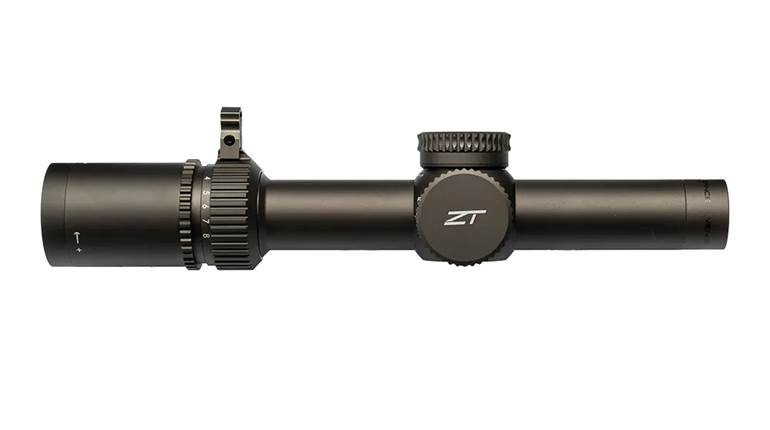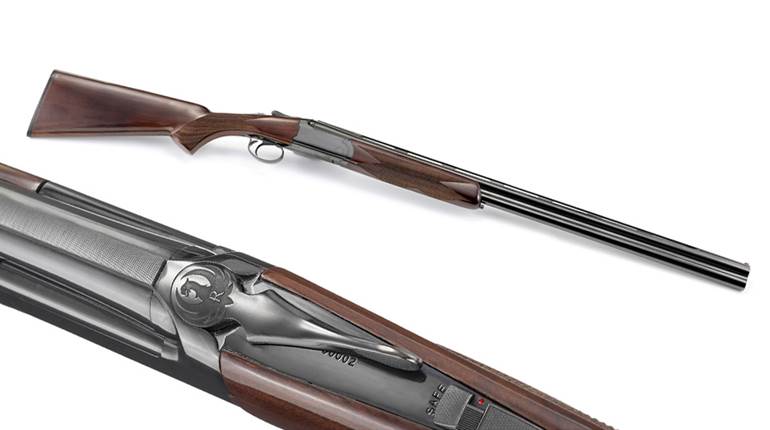
Working with top experts in the collecting community, as well as relying heavily on mostly primary sources, this book covers everything from the three models of Randall fighting knives through the Marine Raider use of the Boys anti-tank rifle on Tulagi, with no stone left unturned.
As a reflection of a life’s work of study and collecting, the book is an opus that covers not just the guns used during the war by the Greatest Generation to defeat Germany and Japan, but also gives context through preliminary sections labeled “Historical Background” and “World War I.”
The book is broken down into 14 chapters: edged weapons, handguns, rifles, .30-cal. carbines, shotguns, submachine guns, automatic rifles, machine guns, anti-tank rifles, bazookas, recoil-less rifles, grenades, mortars and, last but not least, flamethrowers. Literally hundreds of wartime photos are included, many of which have been painstakingly hand-colorized.
Canfield covers the well-known guns, such as the M1 Garand rifle, M1911A1 pistol and M1 carbine, of course, but also digs deep into other guns as well, especially the Johnson Model of 1941 rifle and light machine gun, which have been subjects of previous books.
The big difference, with the possible exception of the excellent The M1 Garand Rifle, is that much of this work’s photography is in color. That includes images taken in color during the war, and excellent context is provided in the captions. Images have been gleaned from a host of sources, including contributors Thomas Laemlein and Marty Morgan, but Canfield has relied heavily on not just guns from his own collection but also from our nation’s preeminent auction houses. Even 10 years ago, a book of this sort, in its scope and magnitude, would have been a nearly impossible task to complete.
For the U.S. military arms collector or World War II enthusiast, this book is invaluable. While not inexpensive, it’s unlikely anyone who acquires this impressive tome will think it is not money well-spent. Suggested retail pricing on the book is $96, and you can buy it at gunandswordcollector.com.












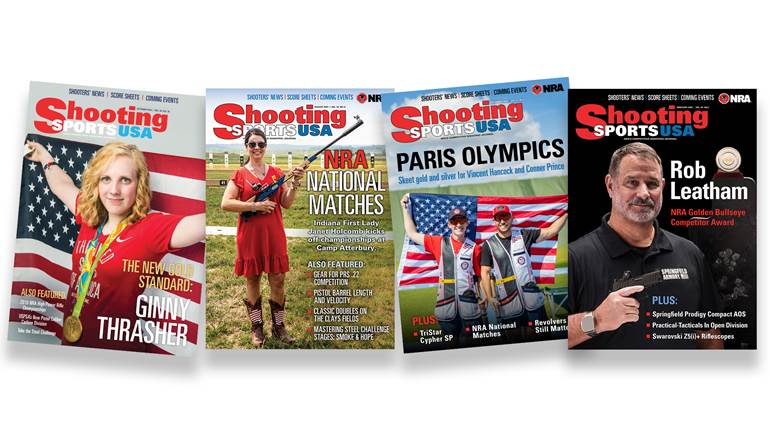
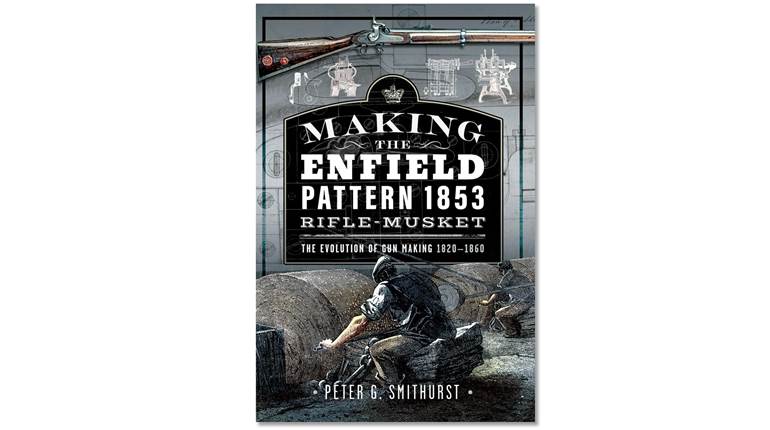
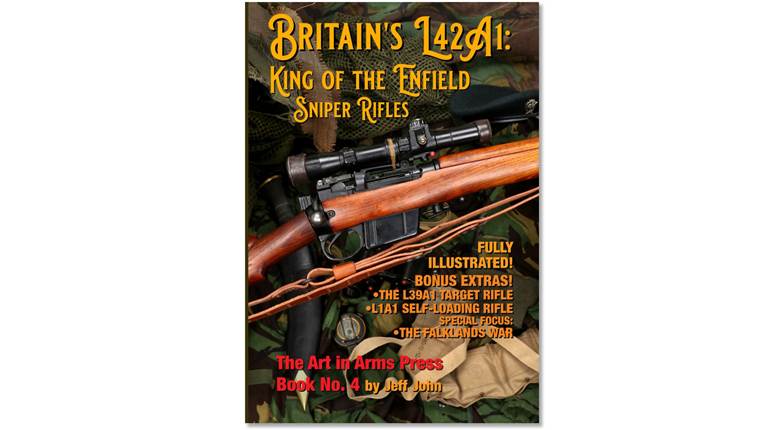








![Winchester Comm[94]](/media/1mleusmd/winchester-comm-94.jpg?anchor=center&mode=crop&width=770&height=430&rnd=134090756537800000&quality=60)
![Winchester Comm[94]](/media/1mleusmd/winchester-comm-94.jpg?anchor=center&mode=crop&width=150&height=150&rnd=134090756537800000&quality=60)




